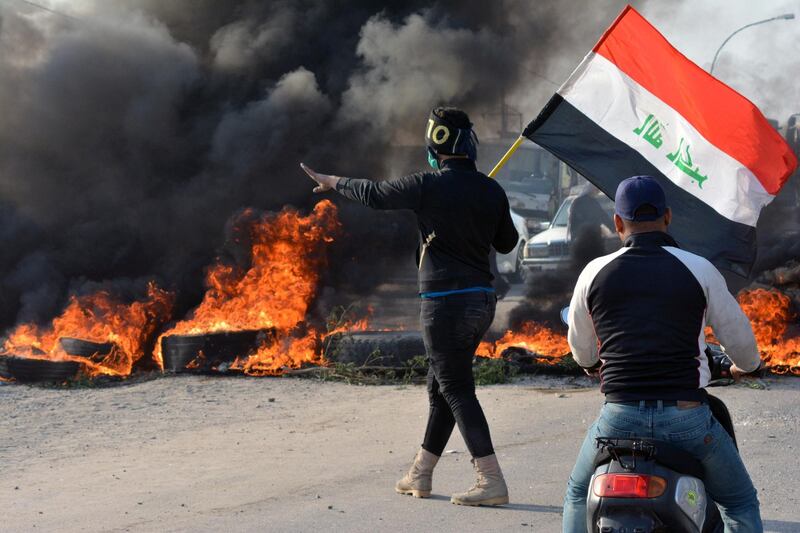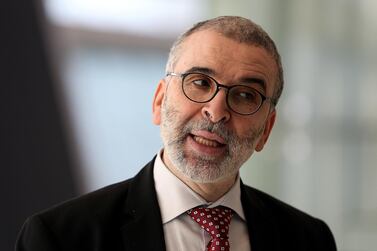The oil market is poised for further tightness this week after closing at a three-month high on Friday, following threats to production facilities in Iraq and Libya.
Brent settled at $68.16 per barre last week, the highest since the debilitating attacks on Saudi Aramco's facilities in mid-September. West Texas Intermediate, which largely tracks North American crude grades, closed at $61.72 per barrel.
Protests which have rocked Iraq, Opec's second-largest producer since October, have caused the production at the Nassiriya oil field to shutdown, reported Reuters.
The field, which has an average output of around 90,000 barrels a day has been forced to close, with power to the control station cut off, halting operations, the report said.
Iraq’s Dhi Qar Company, which operates the oilfield, could not be reached for comment yesterday.
The halt in output was a "de-escalation tactic" that was unlikely to affect the
country's overall production or exports, according to the Iraq Oil Report.
On Thursday, Iraqi President Barham Salih offered his resignation in protest against the nomination of Assad Al Eidani, the governor of Basra, for the position of prime minister.
Mr Al Eidani, who was a former minister for youth and sports, belongs to the Iran-backed Binaa bloc in the Iraqi parliament.
Meanwhile, in Libya, the state-owned National Oil Corporation said it was considering the closure of the western Zawiya port amid plans to evacuate staff from the onsite refinery due to clashes between rival factions.
The company may also consider shutting down the country’s largest field El Sharara, whose crude output reaches export markets via the Zawiya port.
Ongoing clashes between armed groups have made continuing oil production in the area a risky proposition.
The refining complex had a near miss when a missile almost hit the production facility on Thursday.
Zawiya is Libya's largest refinery and the NOC had plans to double refining capacity to 250,000 bpd from 120,000 bpd, amid plans to ramp up investment in both the upstream and downstream sectors of the country, NOC chairman Mustafa Sanalla told The National in November 2018.
Saudi Arabia and Kuwait, meanwhile said last week they planned to resume work on the Neutral Zone - an oil-producing patch along their border. Production from the Khafji and Wafra fields could amount to 500,000 bpd once resumed. Output from the fields came to a stop between 2014-15 due to disagreements over the extension of rights to the Chevron-operated Wafra field.
Markets buoyed by the "phase-one" trade deal between the US and China to end their tariff war were "unimpressed" by this development, consultancy JBC Energy said in a note.
Both Riyadh and Kuwait have been working towards reviving output from the Neutral Zone as a buffer against tightening supply from the loss of Iranian and Venezuelan barrels due to US sanctions.








